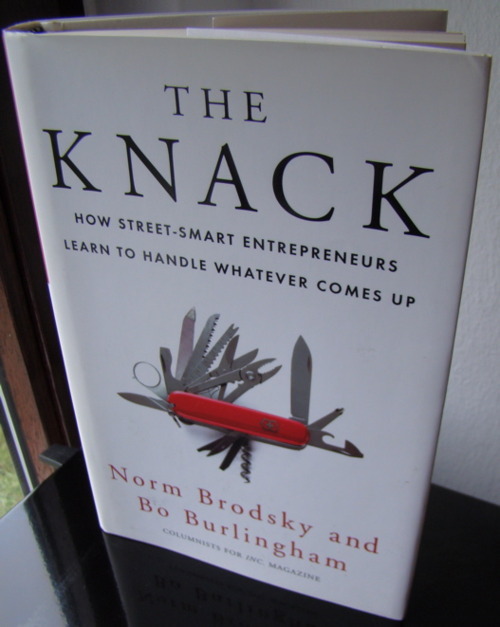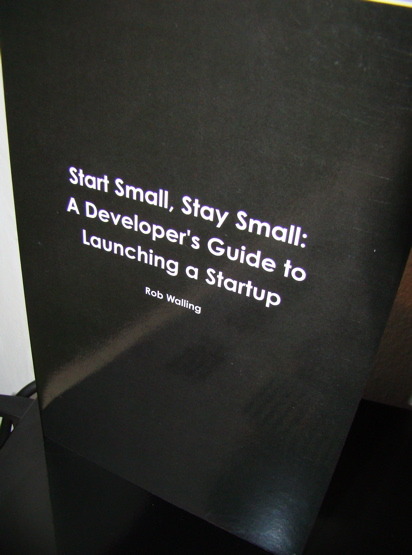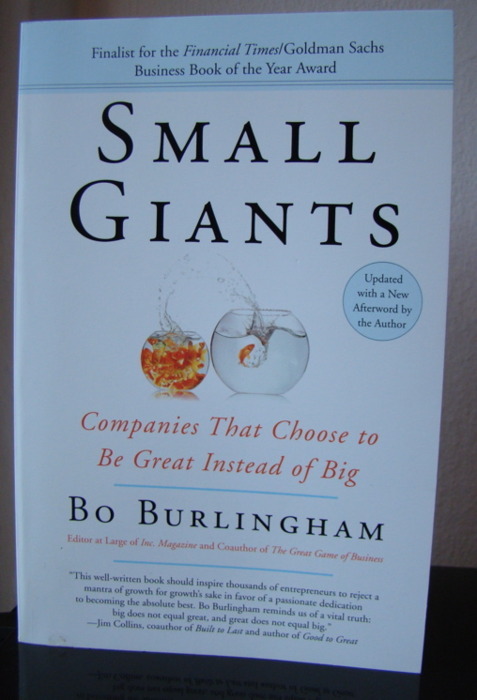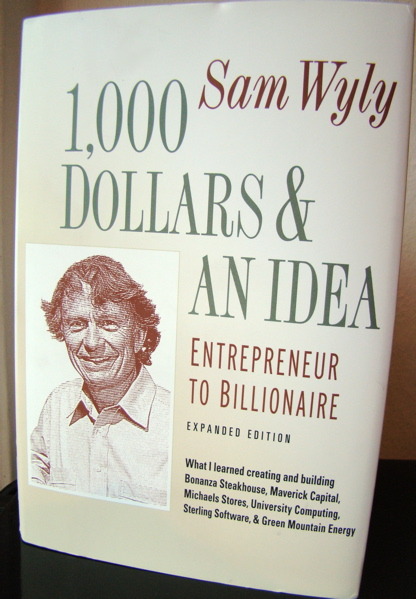
What is it about?
What should you know before starting a business? Norm Brodsky and Bo Burlingham try to answer this question. They focus on some topics from money management to hiring. The Knack is especially targeted at former sales persons.
Key points?
Know your metrics: Most sales people focus on the sales volume only. This doesn’t work for your business is your profit margin is too low. Brodsky recommends to calculate your profit margins by hand to get a feeling for the numbers.
Search a niche in an old market: You should focus on an old market because you don’t have to generate demand and often the leading companies are pretty rigid. If you can find a niche which undermines these companies, you can earn a fortune.
Keep your old customers: You already know that it’s easier to sell to your existing customers than to new ones. So try to generate more profit from them.
Build a culture: You will reach a point where it is impossible to do everything by yourself. If you hire people try to hire for cultural fit. This way you will trust them more and they will know what’s important for your business.
Conclusion
The first quarter was extremely good. He told a story from two friends of him who wanted to start a business and he explained lots of steps and how they developed their company. Sadly, stories of other people decreased and it become more and more egocentric. The name of the book is a bit misleading, maybe it would be better if it was named “My Business Life by Norm Brodsky”.



